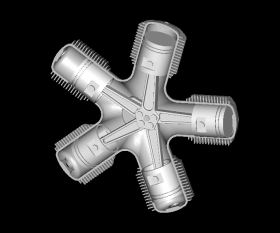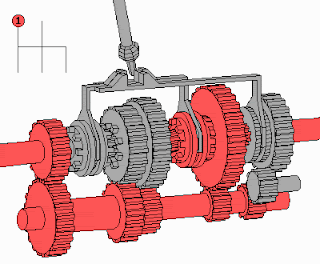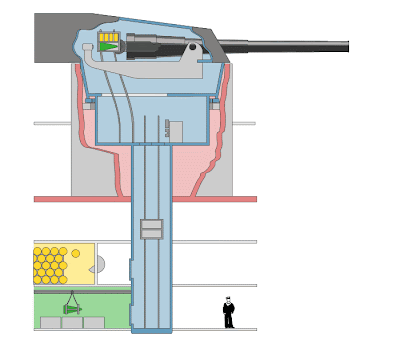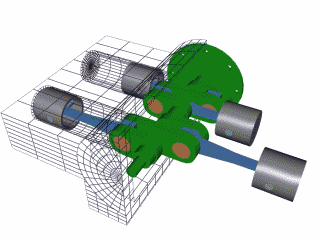
On Monday, May 2, 2011, the NNPDF will host a conference call/Webinar (online meeting) with key constituents and researchers, for all interested parties in the Niemann-Pick Disease Type C (NPC) community to learn more about the work being done at the NIH. Parents and extended family members, clinicians, researchers, caregivers, educators, and anyone with an interest in NPC is invited to participate.
Agenda topics for the conference call/Webinar are expected to include: NPC Observational Study at the NIH; development of NPC biomarkers; the NAC trial; use of a blood test for NPC diagnosis; and the current effort at TRND/NIH toward developing plans for a cyclodextrin trial at NIH. Presenters/experts we expect will participate include: Dr. Forbes “Denny” Porter, Dr. Daniel Ory, Dr. Marc Patterson, and Dr. Christopher Austin.
This meeting will begin at 4:00 pm Central Time (5:00 pm Eastern, 2:00 pm Pacific). International participants are invited, as well.
The meeting will be held using GlobalMeet’s “PGiMeet” interface. Participants will need access to a telephone for the audio portion of the call, as well as a computer to log in to a Web page to see any documents and graphics. Therefore, Internet access as well as access to a telephone will be required for full participation. (Those without access to a computer may participate in the audio portion only by telephone.)
Visit the
NNPDF Web site for instructions on how to join the call/Webinar.











































